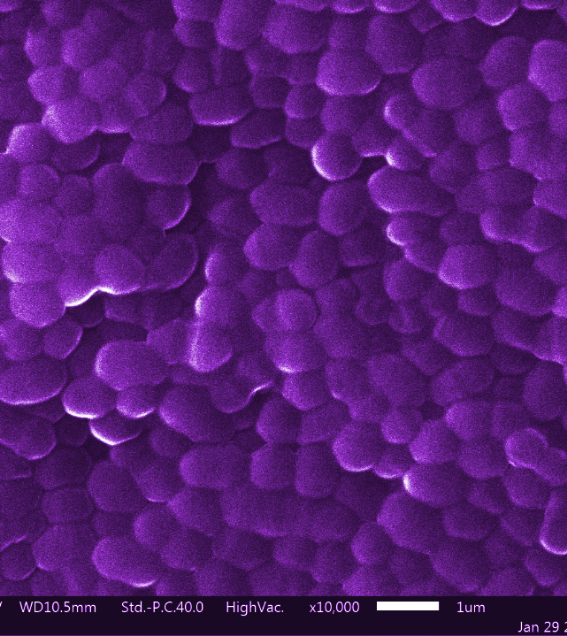What is
fermentation?
In a scientific sense, fermentation can be defined as “a process in which microorganisms obtain energy through the decomposition of organic matter.” Nowadays, the microbial transformation of foods for beneficial purposes is broadly known as fermentation. Through the fermentation process, foods became easier to preserve and better to digest, and people applied the process in various cooking methods.
Microorganisms: Organisms of microscopic size that cannot be seen with the naked eye







